A Beginner's Tutorial for Drawing with Charcoal
Welcome to the fascinating world of charcoal drawing! If you're a beginner eager to explore this versatile medium, you’re in for an exciting journey. Charcoal is not just a tool; it’s an extension of your creativity, allowing you to express your thoughts and emotions on paper. It’s like magic—one moment you have a blank canvas, and the next, you’re bringing your imagination to life with rich, dark strokes and soft, blended shadows. But before you dive in, let’s take a closer look at what charcoal drawing entails and how you can get started on the right foot.
Charcoal has been a favored medium among artists for centuries, and for good reason. It offers a unique texture and depth that other mediums often struggle to replicate. Whether you’re sketching a portrait, capturing the beauty of nature, or experimenting with abstract forms, charcoal can help you achieve stunning results. In this tutorial, we’ll cover everything from understanding the different types of charcoal to mastering essential techniques that will elevate your artwork.
So, what exactly can you expect from this guide? We will delve into:
- The various types of charcoal available and how they can influence your drawing style.
- Essential tools and materials that will enhance your drawing experience.
- Basic techniques that form the foundation of your charcoal skills.
- Common mistakes to avoid, ensuring your growth as an artist.
- Inspiration sources and practice routines to keep your creativity flowing.
By the end of this tutorial, you will not only feel more confident in your ability to draw with charcoal, but you’ll also have a toolbox of techniques and tips to help you create artwork that is both captivating and expressive. So, grab your charcoal sticks, find a comfortable workspace, and let’s embark on this artistic adventure together!
As you begin your journey into charcoal drawing, you might have some questions. Here are some frequently asked questions that can help clarify your understanding:
- What type of charcoal is best for beginners? Vine charcoal is often recommended for beginners due to its ease of use and ability to erase easily.
- Can I use regular paper for charcoal drawing? While you can use regular paper, it’s best to opt for paper specifically designed for charcoal to achieve better results.
- How do I prevent smudging? Using fixatives can help preserve your artwork and prevent smudging, but be sure to apply it in a well-ventilated area.
- Is charcoal drawing messy? It can be a bit messy, but with the right setup and tools, you can manage the mess effectively.
Now that you have a better understanding of what to expect, let’s dive deeper into the world of charcoal drawing!
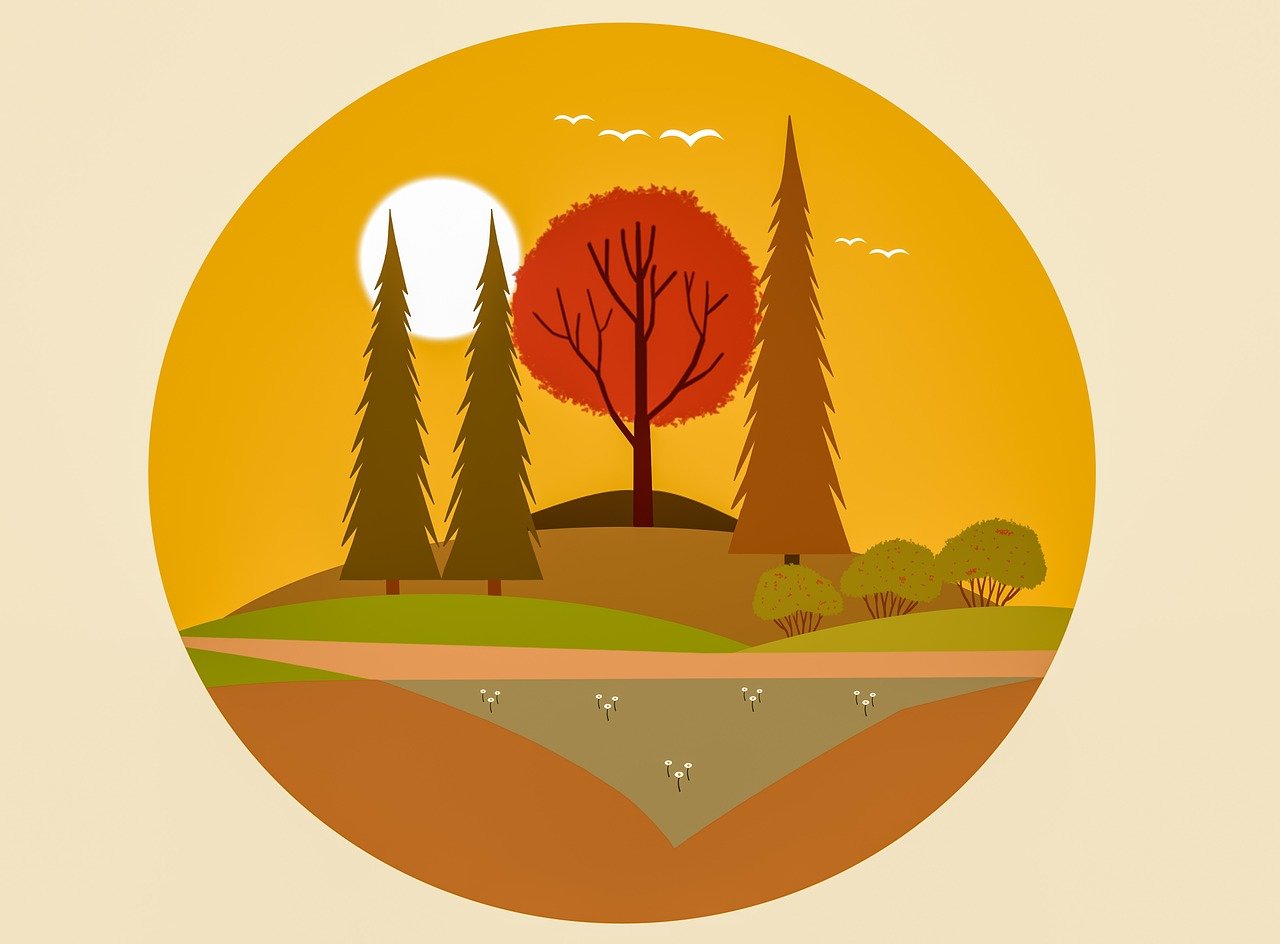
Understanding Charcoal Types
When diving into the world of charcoal drawing, it's essential to understand the various types of charcoal available to you. Each type offers distinct qualities that can dramatically influence your artistic expression. Let's break down the primary types of charcoal you'll encounter:
- Vine Charcoal: This type is made from burning twigs of the willow tree. It's soft, lightweight, and perfect for sketching and creating fine lines. Vine charcoal smudges easily, making it ideal for blending and shading, but it can be challenging to erase completely.
- Compressed Charcoal: Unlike vine charcoal, compressed charcoal is denser and produces darker, more intense lines. It’s made by compressing charcoal powder with a binder, resulting in a stick that can create bold strokes. This type is excellent for detailed work and deep shading but requires a lighter touch to avoid overworking.
- Charcoal Pencils: If you prefer precision, charcoal pencils might be your best friend. These are encased in wood, similar to regular pencils, and they offer a controlled way to apply charcoal. They come in various hardness levels, allowing you to choose between fine lines and thicker strokes.
Understanding these types is crucial because they cater to different styles and techniques. For example, if you’re looking to create soft transitions and delicate sketches, vine charcoal might be your go-to. On the other hand, if you want to make bold statements or intricate details, compressed charcoal and charcoal pencils will serve you well.
Moreover, the choice of charcoal can affect the overall texture and emotion of your artwork. For instance, using soft vine charcoal can give your drawing a gentle, ethereal quality, while compressed charcoal can add drama and intensity. So, as you experiment with these different types, pay attention to how they respond to your techniques and the effects they create on your paper.
In summary, the type of charcoal you choose can significantly impact your drawing experience and the final outcome of your artwork. By experimenting with vine, compressed, and pencil forms, you can discover which one resonates most with your artistic vision. Remember, the journey of learning is as important as the destination, so have fun exploring the versatility of charcoal!
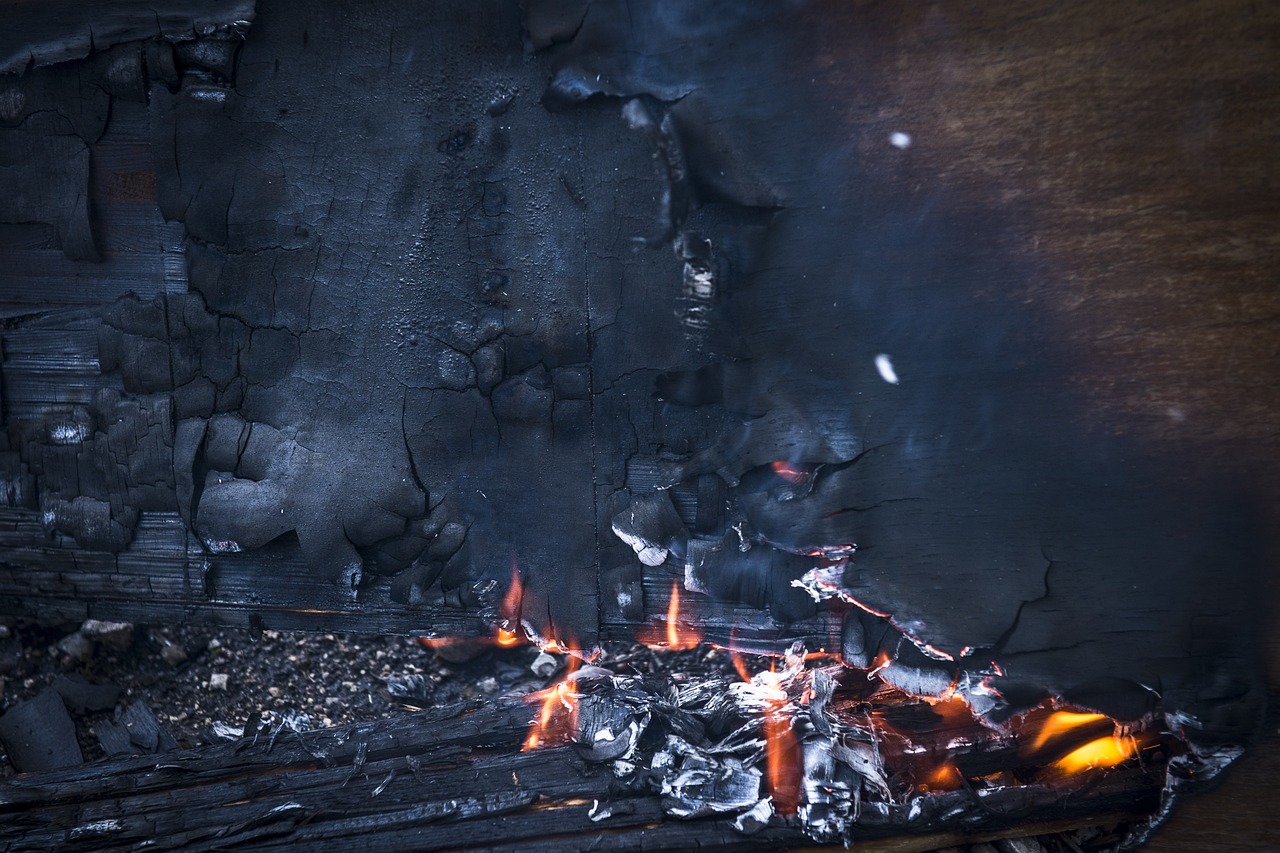
Essential Tools for Charcoal Drawing
When embarking on your charcoal drawing journey, understanding the essential tools at your disposal is crucial for creating stunning artwork. Charcoal itself is just the beginning; a variety of other tools can elevate your drawing experience to new heights. So, what exactly do you need? Let’s break it down!
First and foremost, you’ll need high-quality charcoal. There are three primary types to consider: vine charcoal, compressed charcoal, and charcoal pencils. Each type offers unique characteristics that can greatly influence your drawing style. For instance, vine charcoal is perfect for light sketches and easy blending, while compressed charcoal delivers deep, rich blacks ideal for bold shading. Charcoal pencils, on the other hand, provide precision for detailed work. Choosing the right type depends on your personal style and the specific effects you wish to achieve.
Next up is the paper. Not all paper is created equal when it comes to charcoal drawing. You’ll want to select paper that can handle the texture of charcoal and allow for effective blending and erasing. Look for papers that are specifically designed for charcoal, often labeled as "charcoal paper." These usually have a textured surface that grips the charcoal well, providing a beautiful finish to your artwork.
Within the realm of paper, you have two main categories: textured and smooth. Textured paper is fantastic for creating depth and dimension, as it holds the charcoal pigments effectively. Smooth paper, however, allows for cleaner lines and detailed work but may not hold as much charcoal. It’s essential to experiment with both types to see which one aligns with your artistic vision.
Another critical aspect to consider is paper weight and durability. Heavier paper (typically 200 gsm or above) can withstand multiple layers of charcoal and erasing without tearing or warping, ensuring that your artwork remains intact over time. In contrast, lighter paper may buckle or degrade with heavy application, leading to frustrating results.
Aside from charcoal and paper, you’ll also want to invest in some blending tools. Blending stumps, also known as tortillons, are invaluable for smoothing out your charcoal application and creating soft transitions between shades. You can also use your fingers for blending, but keep in mind that this can lead to smudging, so it’s a good idea to practice with blending stumps for more controlled results.
Don’t forget about erasers. Yes, erasers! They are not just for correcting mistakes; in charcoal drawing, they can be your secret weapon for creating highlights and refining details. A kneaded eraser is particularly useful because it can be shaped to suit your needs and gently lifts charcoal without damaging the paper. Regular erasers can also be used, but they may leave residue, so choose wisely.
Lastly, consider using a fixative. Once you’ve poured your heart and soul into a piece, you’ll want to protect it from smudging and fading. A workable fixative can be sprayed over your finished piece to set the charcoal, allowing you to continue working without fear of ruining your artwork. It’s a small but mighty tool in the charcoal artist’s toolkit!
In summary, the essential tools for charcoal drawing include:
- Charcoal Types: Vine, compressed, and charcoal pencils
- Paper: Textured vs. smooth, weight considerations
- Blending Tools: Blending stumps and fingers
- Erasers: Kneaded and regular erasers
- Fixatives: To protect your artwork
Having the right tools can make all the difference in your charcoal drawing experience. So, equip yourself wisely, and get ready to unleash your creativity!
1. What type of charcoal is best for beginners?
Vine charcoal is often recommended for beginners because it’s easy to work with, blend, and erase. It allows for experimentation without the fear of making permanent mistakes.
2. Can I use regular paper for charcoal drawing?
While you can use regular paper, it’s advisable to use paper specifically designed for charcoal. This type of paper will better handle the texture and layering of charcoal.
3. How do I prevent smudging in my charcoal drawings?
Using a fixative after completing your drawing can help prevent smudging. Additionally, be mindful of your hand placement and consider using a clean sheet of paper under your hand while drawing.
4. What should I do if I make a mistake with charcoal?
Mistakes can be easily corrected using an eraser, especially a kneaded eraser. You can lift off charcoal to create highlights or refine areas of your drawing.
5. How can I develop my charcoal drawing skills?
Regular practice is key! Set aside dedicated time for drawing, explore different techniques, and don’t hesitate to seek inspiration from other artists or nature.
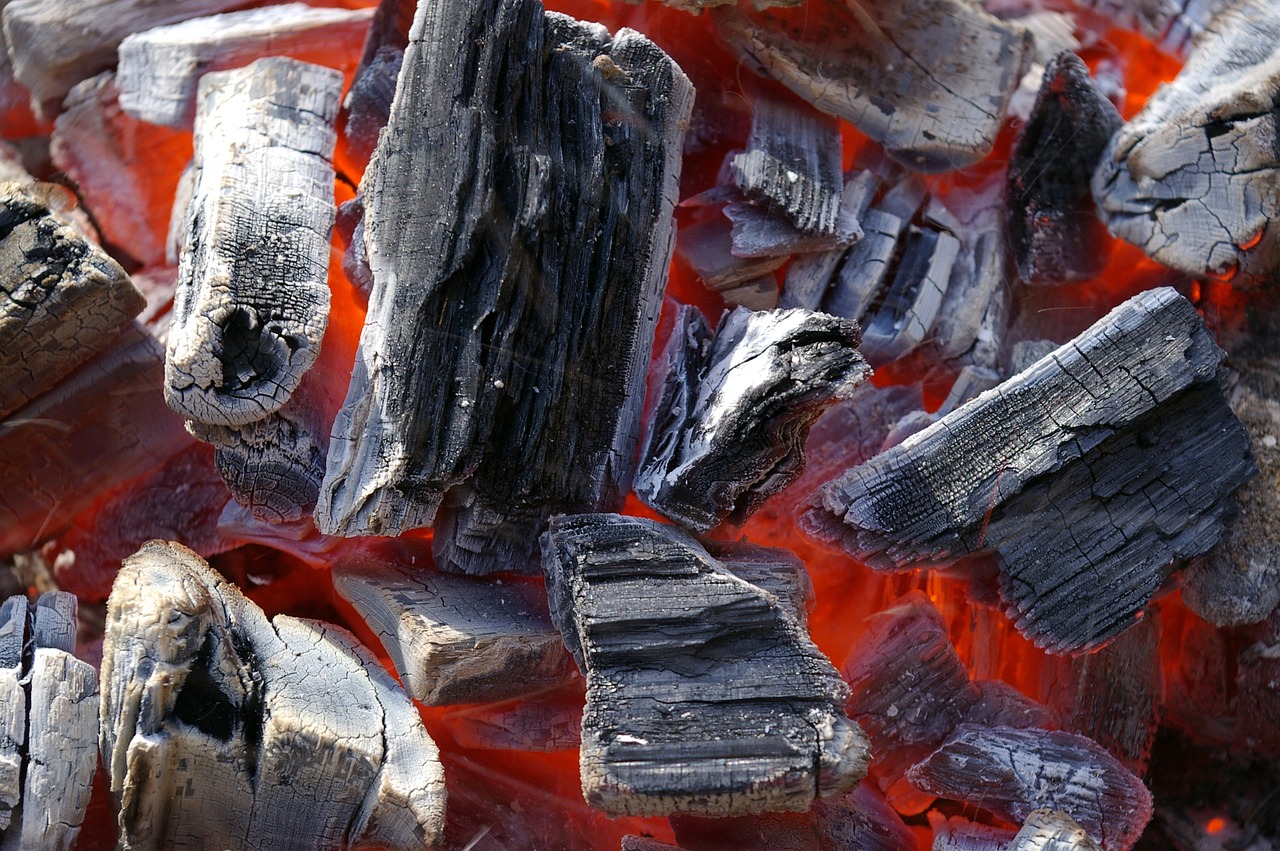
Choosing the Right Paper
When it comes to charcoal drawing, the choice of paper is absolutely pivotal. It's like choosing the right canvas for a masterpiece; the wrong paper can lead to frustrating results and hinder your creative expression. Charcoal can be quite messy and has a unique texture that needs to be matched with the right surface. So, what should you look for in a paper for charcoal drawing? Let's dive into the essentials!
First and foremost, you want to consider the texture of the paper. Textured paper, also known as "toothy" paper, has a rough surface that allows the charcoal to grip better, giving you richer darks and more pronounced highlights. On the other hand, smooth paper offers a different experience, allowing for finer details and smoother transitions. Depending on your style, you might find yourself gravitating toward one over the other. For instance:
- Textured Paper: Ideal for expressive strokes and blending.
- Smooth Paper: Perfect for detailed work and fine lines.
Another critical factor is the weight of the paper. Paper weight is measured in grams per square meter (gsm), and a heavier paper (around 200 gsm or more) can handle the pressure of charcoal without warping or tearing. This durability ensures that your artwork remains intact over time, which is especially important if you plan to display or sell your work. Think of it as building a sturdy house; you wouldn’t want to skimp on the foundation!
Additionally, consider the color of the paper. While most artists default to white or cream, using toned paper can create stunning contrasts and add depth to your work. Darker papers can make highlights pop dramatically, allowing you to play with light and shadow in unique ways. Experimenting with different colors can lead to exciting discoveries in your art!
Lastly, don’t forget about the finish of the paper. Some papers come with a coating that can resist smudging and allow for easier erasing, while others may absorb the charcoal more, creating a more permanent bond. Depending on your technique, you might prefer one finish over another. Always remember, your paper is your partner in the creative process, so choose wisely!
In summary, the right paper can elevate your charcoal drawing experience and results. Look for:
- Texture: Choose between textured or smooth based on your style.
- Weight: Opt for heavier paper to prevent warping.
- Color: Experiment with toned papers for added depth.
- Finish: Consider how the paper interacts with charcoal and erasers.
By paying attention to these details, you’ll set yourself up for success in your charcoal drawing journey.
Q: What type of paper is best for beginners?
A: For beginners, a medium-textured, heavyweight paper is ideal. It provides a good balance between grip and smoothness, allowing you to experiment without frustration.
Q: Can I use regular sketch paper for charcoal?
A: While you can use regular sketch paper, it may not hold up well under the pressure of charcoal. It’s better to choose paper specifically designed for charcoal to achieve the best results.
Q: How do I know if a paper is suitable for charcoal?
A: Look for paper labeled as “charcoal paper” or “drawing paper.” Checking the weight and texture can also help determine its suitability.
Q: Is it necessary to use fixatives on charcoal drawings?
A: Yes, using a fixative can help preserve your artwork by preventing smudging and fading. However, always test the fixative on a scrap piece first to see how it interacts with your specific paper and charcoal.
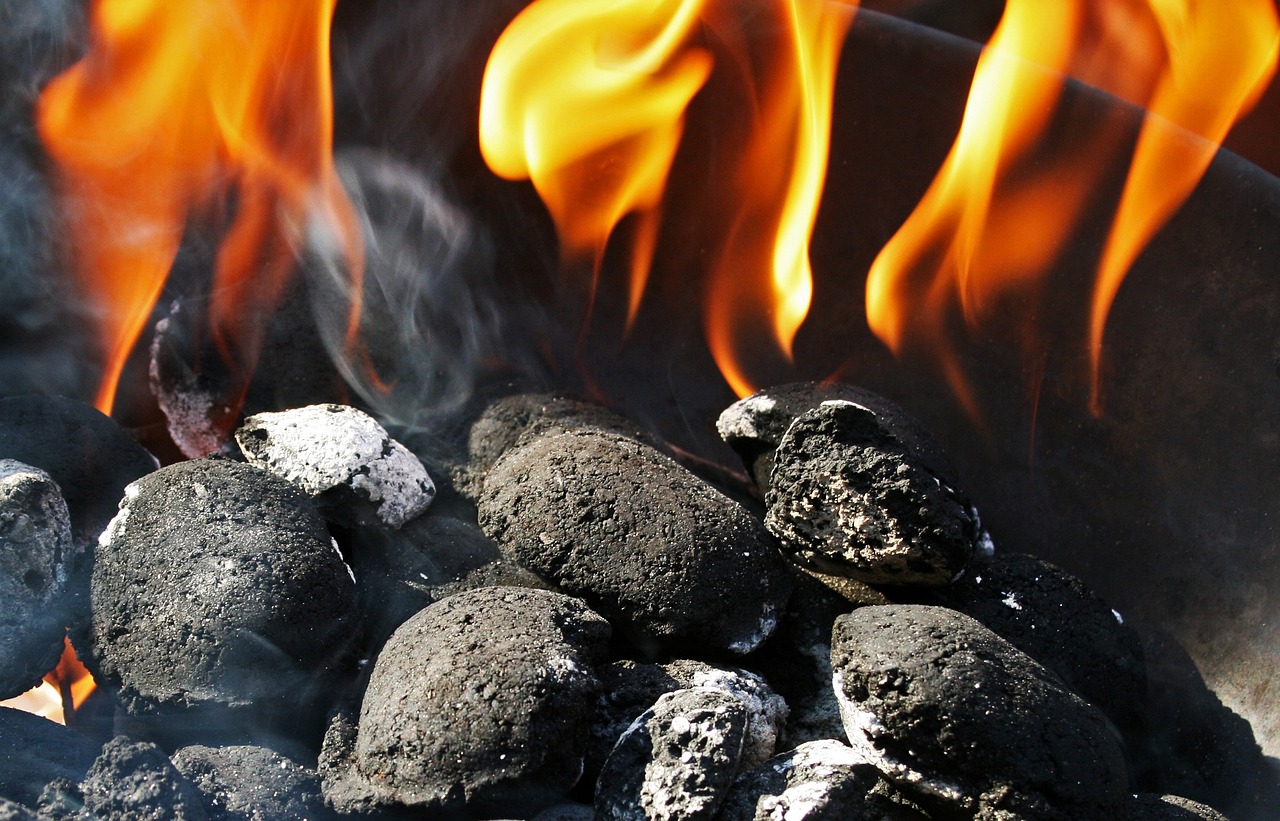
Textured vs. Smooth Paper
When it comes to charcoal drawing, the type of paper you choose can make a significant difference in the final outcome of your artwork. Textured paper and smooth paper each offer unique characteristics that can enhance your drawing experience in different ways. Understanding these differences is crucial for any beginner looking to elevate their skills.
Textured paper, often referred to as "toothy" paper, has a rough surface that allows the charcoal to grip better, creating rich, deep marks. This type of paper is excellent for achieving a variety of textures and tonal ranges, as the uneven surface can catch the charcoal particles in different ways. Artists often find that this type of paper is particularly suited for expressive and dynamic drawings, where a bit of roughness can add character and depth. For example, when drawing landscapes or portraits, the texture can help convey the feeling of the subject, making it more lifelike.
On the other hand, smooth paper offers a different set of advantages. With its sleek surface, smooth paper allows for finer details and cleaner lines, making it a great choice for more precise work. If you're aiming to create intricate details or delicate highlights, smooth paper can be your best friend. The lack of texture means that your charcoal can glide effortlessly across the surface, allowing for smoother gradients and transitions. However, this can also mean that it’s easier to lose some of the depth that textured paper provides.
To help you decide which paper to use, consider the following factors:
- Purpose of Your Drawing: Are you aiming for a highly detailed piece or a more expressive, textured artwork?
- Type of Charcoal: Different charcoals may perform better on different surfaces. For instance, softer charcoals might work better on textured paper.
- Your Style: Do you prefer a more controlled approach, or do you enjoy the spontaneity that comes with rough surfaces?
In conclusion, both textured and smooth paper have their place in the world of charcoal drawing. It often comes down to personal preference and the specific requirements of your project. Experimenting with both types will not only enhance your skills but also help you discover your unique artistic voice. So grab some sheets of both textured and smooth paper, and let your creativity flow!
1. Can I use regular sketch paper for charcoal drawing?
Yes, you can use regular sketch paper, but it may not hold the charcoal as well as textured or specialized charcoal paper. It may also smudge easily.
2. How do I know if a paper is suitable for charcoal?
Look for papers specifically labeled for charcoal or drawing. They often have a higher weight and texture designed to hold the medium effectively.
3. Is textured paper better for beginners?
Textured paper can be more forgiving for beginners, as it helps hide some mistakes and allows for more expressive marks. However, smooth paper can also be beneficial for learning fine detail work.
4. Can I mix different types of paper in one artwork?
Absolutely! Mixing different types of paper can create interesting contrasts and effects in your artwork. Just be mindful of how each paper interacts with your charcoal.
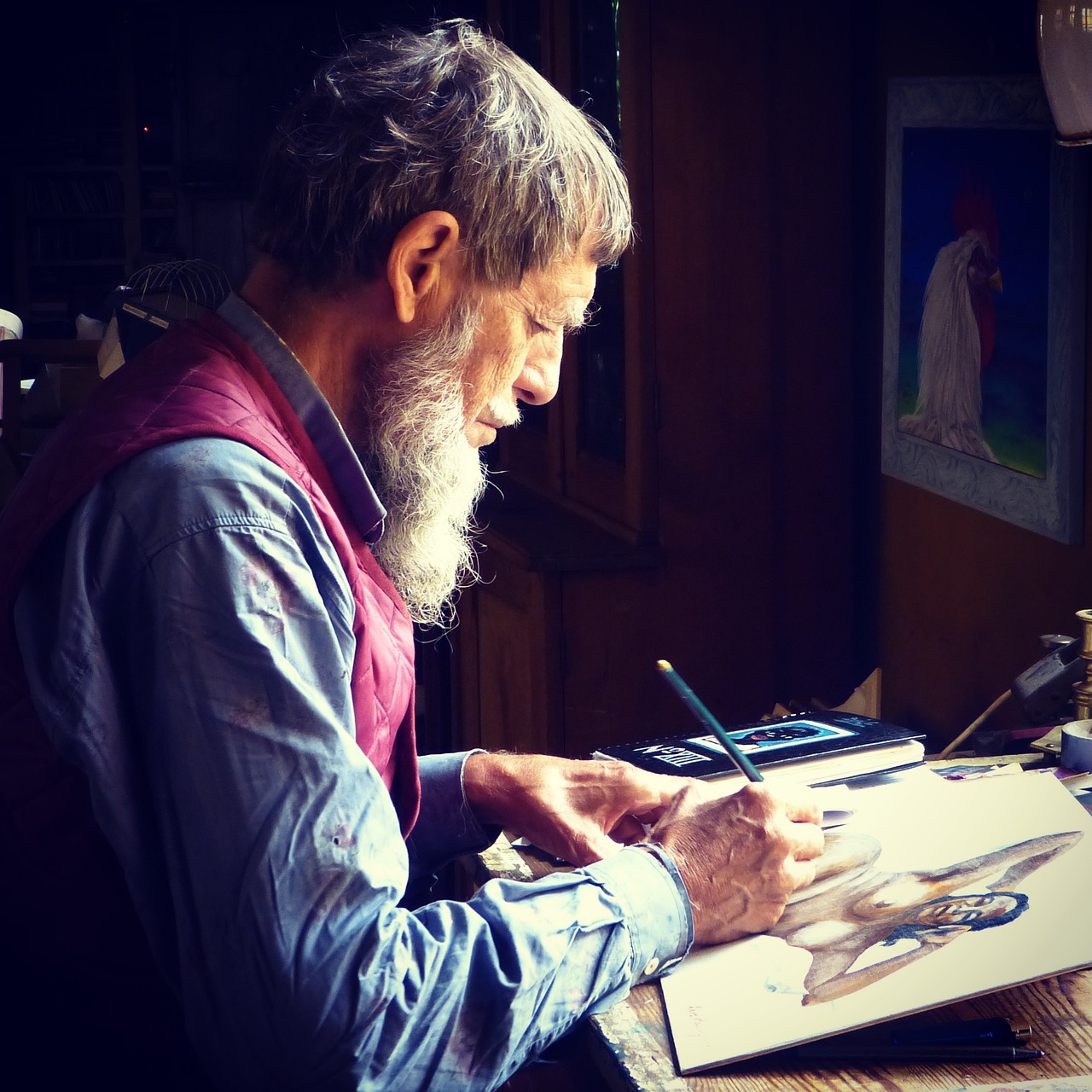
Paper Weight and Durability
When diving into the world of charcoal drawing, one of the most crucial factors to consider is the weight and durability of the paper you choose. Paper weight is typically measured in grams per square meter (gsm), which indicates how thick and sturdy the paper is. For charcoal drawings, a weight of 160gsm to 300gsm is generally recommended. This range provides a solid foundation that can withstand the abrasive nature of charcoal without tearing or warping, allowing you to create with confidence.
Durability is equally important, as it affects how well your artwork holds up over time. High-quality paper should be able to endure multiple layers of charcoal and various blending techniques without degrading. It's essential to select paper that is acid-free to ensure that your artwork remains vibrant and doesn't yellow or deteriorate as it ages. When you invest in quality paper, you’re not just buying a surface to draw on; you’re investing in the longevity of your art.
In addition to weight and durability, consider the texture of the paper. Heavier papers often have a more pronounced texture, which can enhance the way charcoal adheres to the surface. This texture can create unique effects, such as a rough, dynamic appearance or a smoother, more polished finish. Experimenting with different weights and textures will help you discover what works best for your style and technique.
To summarize, here are some key points to keep in mind when selecting paper for your charcoal drawings:
- Weight: Opt for paper between 160gsm and 300gsm for the best results.
- Durability: Choose acid-free paper to ensure longevity.
- Texture: Experiment with different textures to find your preferred style.
By understanding the importance of paper weight and durability, you can make informed choices that will enhance your charcoal drawing experience. Remember, your choice of paper can significantly impact the final outcome of your artwork, so take the time to explore and find what suits your creative needs best.
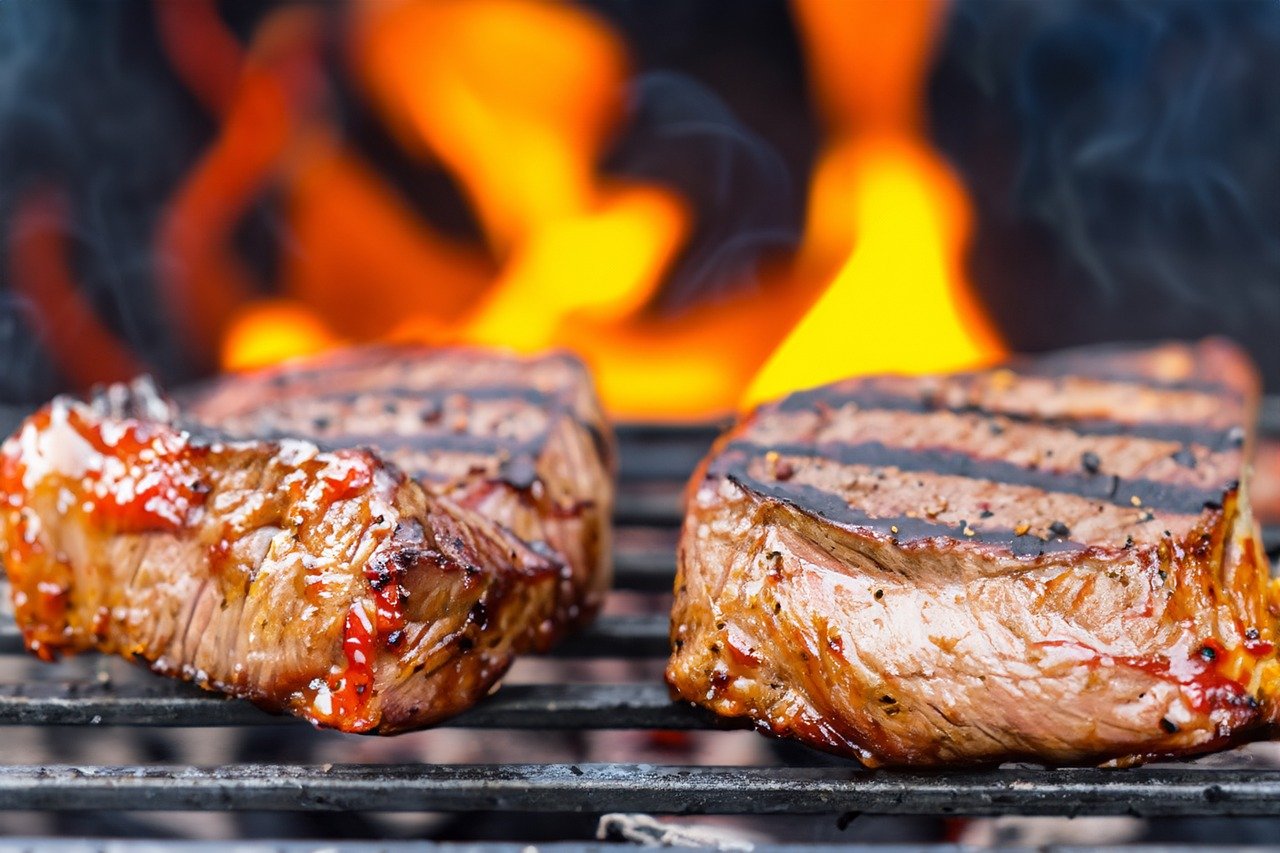
Blending Techniques
Blending is one of the most exciting and rewarding aspects of charcoal drawing. It allows you to create smooth transitions between light and dark areas, giving your artwork a sense of depth and realism that can truly captivate the viewer. Imagine a beautiful sunset where the colors seamlessly blend into one another; this is the magic you can achieve with charcoal. But how do you get there? Let’s dive into some effective blending techniques that will elevate your drawings to the next level!
First off, it’s crucial to understand that blending isn’t just about smudging charcoal all over the place. It requires a bit of finesse and control. One popular method is using a blending stump, which is a tightly rolled paper tool that helps you smooth out the charcoal without disturbing the underlying layers too much. With a blending stump, you can achieve soft gradients and delicate textures that make your drawings come alive.
Another technique involves using your fingers. Yes, your fingers! They can be incredibly effective for blending, especially for larger areas. Just remember to keep them clean to avoid unwanted smudges. Start by lightly rubbing the charcoal with your fingertip, gradually building up the desired effect. It’s like painting with your hands—an intimate connection that can truly enhance your artistic expression.
In addition to blending stumps and fingers, you can also explore using soft cloths or tissues. These tools can cover larger areas quickly and are excellent for creating a smooth base layer before adding more details. Just be gentle; too much pressure can remove too much charcoal, leaving you with an uneven surface.
Now, let’s not forget about the importance of layering. When blending, it’s often beneficial to work in layers. Start with a light application of charcoal and gradually build up darker tones. This technique not only helps in achieving a more dynamic range of values but also allows for better control over the blending process. You can think of it as sculpting with charcoal; the more you layer, the more depth you create.
To sum it up, here are some key techniques to consider when blending with charcoal:
- Blending Stumps: Ideal for fine details and smooth transitions.
- Fingers: Perfect for larger areas and a more personal touch.
- Soft Cloths: Great for quick blending and creating a base layer.
- Layering: Essential for building depth and complexity in your artwork.
By mastering these techniques, you will not only enhance your charcoal drawing skills but also develop a unique style that speaks to your artistic voice. Remember, practice makes perfect, so don’t hesitate to experiment with different methods to find what works best for you. Happy blending!
Q1: What is the best way to start blending with charcoal?
A1: Start by using a blending stump or your fingers to create soft transitions. Practice on scrap paper before applying it to your main artwork.
Q2: Can I use other materials for blending?
A2: Absolutely! Soft cloths, tissues, and even cotton swabs can be effective for blending charcoal.
Q3: How do I avoid over-blending my charcoal?
A3: Work in layers and blend gradually. If you feel you’ve blended too much, you can always add more charcoal to regain contrast.
Q4: Is it necessary to fix my charcoal drawings after blending?
A4: Yes, using a fixative can help preserve your artwork and prevent smudging. Make sure to apply it in a well-ventilated area.
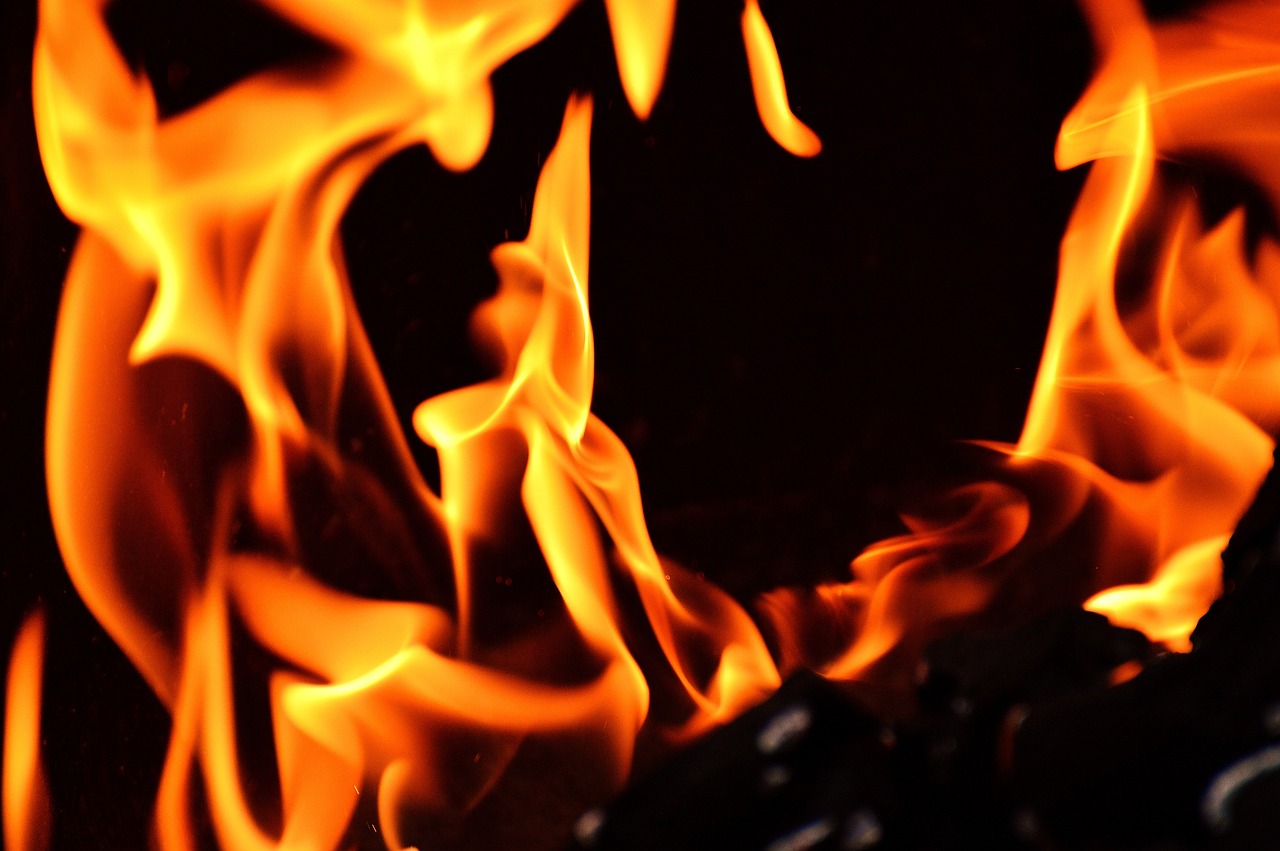
Basic Charcoal Techniques
When it comes to charcoal drawing, mastering the basic techniques is essential. These foundational skills not only enhance your artwork but also allow you to express your creativity more freely. Think of these techniques as the building blocks of your artistic journey, providing you with the tools to convey light, shadow, and texture effectively. Let's dive into some of the most fundamental charcoal techniques that every beginner should know.
One of the first techniques you should familiarize yourself with is hatching. Hatching involves drawing parallel lines closely together to create shading and texture. The closer the lines are, the darker the area appears. It’s like building a fence; the more boards you add, the less light can pass through. This technique is particularly useful for creating subtle gradients in your drawings.
Next, we have cross-hatching, which takes hatching to the next level. By drawing a second set of lines that intersect the first set, you can achieve a greater depth of tone and texture. Imagine it as weaving a tapestry; each layer adds complexity and richness to the overall image. This method is especially effective for creating shadows and form in your subjects.
Another technique worth mastering is stippling. This involves creating patterns of dots to form images and shadows. It’s akin to creating a mosaic; each dot contributes to the overall picture, allowing for intricate details and textures. Stippling can be a time-consuming process, but the results can be stunning, providing a unique and delicate quality to your drawings.
As you practice these techniques, remember that shading is what truly brings your charcoal drawings to life. By understanding how light interacts with objects, you can use shading to create depth and realism. Start by observing how light falls on various surfaces in your environment. This practice will help you understand where to place your shadows and highlights.
Another vital aspect of shading is the pressure you apply with your charcoal. Varying your pressure can create a range of tones from light to dark. Light pressure will yield softer, more delicate marks, while heavy pressure will produce bold, dark lines. Experiment with different pressures to see how they affect your drawing. This is where you can really let your personality shine through!
Using erasers effectively can also enhance your charcoal techniques. Many artists overlook the power of an eraser, but it can be a fantastic tool for creating highlights and refining details. Think of it as a sculptor chiseling away at a block of marble; you can reveal the beauty beneath the surface. Try using a kneaded eraser to lift charcoal gently, creating soft highlights that contrast beautifully with darker areas.
Ultimately, the key to mastering these basic charcoal techniques lies in practice. Set aside time to experiment with each technique, and don’t be afraid to make mistakes. Each drawing is a stepping stone towards improvement. As you become more comfortable with these methods, you'll find your unique style emerging, allowing you to create stunning charcoal artwork that reflects your artistic vision.
- What type of charcoal should I start with? It's best to begin with vine charcoal as it's soft and easy to erase, making it perfect for beginners.
- Can I use regular paper for charcoal drawing? While you can use regular paper, it's recommended to use paper specifically designed for charcoal to achieve better results.
- How do I fix my charcoal drawings? Use a fixative spray to preserve your artwork and prevent smudging.
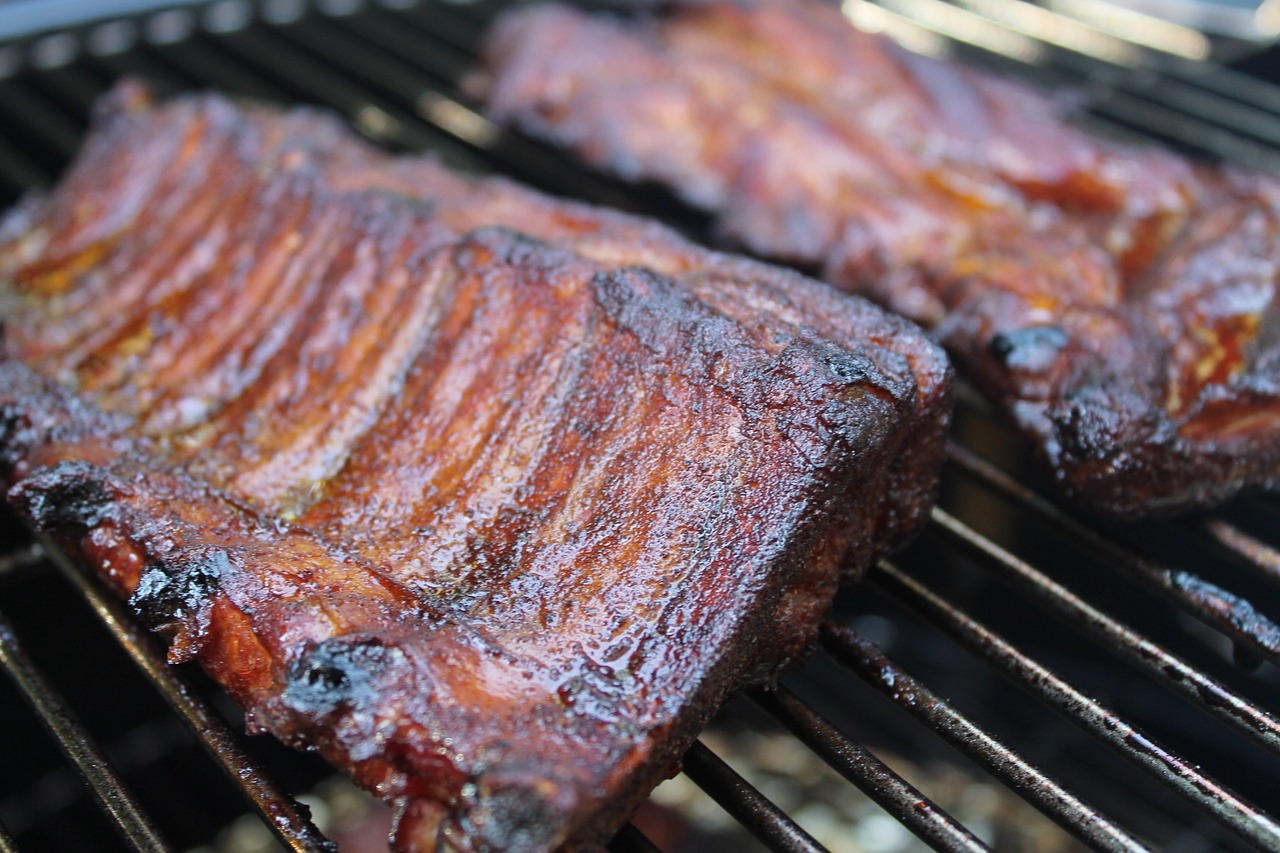
Creating Depth with Shading
When it comes to charcoal drawing, shading is your secret weapon for adding depth and realism to your artwork. Imagine you're sculpting with light and shadow; the way you manipulate these elements can transform a flat image into something that feels alive. The key to effective shading lies in understanding how light interacts with forms. Just like a sculptor chisels away at stone to reveal the beauty within, you can use charcoal to carve out highlights and shadows that breathe life into your drawings.
To create depth, start by observing how light falls on your subject. Notice the highlights, the areas where the light hits directly, and the shadows, where the light is blocked. By accurately representing these contrasts, you can make your drawing pop off the page. A common technique is to use a gradual transition from light to dark, which can be achieved by varying the pressure applied to your charcoal. The softer you press, the lighter the mark; a gentle touch can yield beautiful, subtle gradients.
Here are a few effective shading techniques to consider:
- Blending: Use a blending stump or your finger to smooth out harsh lines and create soft transitions. This technique is particularly useful for areas where light fades gently.
- Layering: Build up layers of charcoal gradually. Start with light strokes and progressively add darker tones. This method allows for greater control over the depth of your shadows.
- Cross-hatching: For those who enjoy a more structured approach, cross-hatching involves drawing intersecting lines to create darker areas. The denser the lines, the darker the shade.
Remember, the goal of shading is not just to fill in areas but to create a sense of three-dimensionality. Think of your subject as a solid form; the shadows should wrap around it, giving it volume. To practice this, try drawing simple shapes like spheres or cubes and focus on how light interacts with them. You’ll start to see how shading can transform even the most basic forms into dynamic, engaging pieces of art.
Additionally, don't underestimate the power of contrast. The more you play with dark and light, the more pronounced your forms will appear. A well-placed highlight can make a shadow seem deeper, while a dark area can enhance the brightness of a highlight. This interplay is what gives your drawings that extra punch!
In conclusion, mastering shading is essential for any charcoal artist looking to create depth and dimension. By understanding how to manipulate light and shadow, you can elevate your drawings from mere sketches to stunning works of art. So grab your charcoal, practice these techniques, and watch your skills blossom!
Q: How do I choose the right charcoal for shading?
A: The choice of charcoal can affect your shading technique. For softer, more blendable lines, consider using vine charcoal. Compressed charcoal produces darker, more intense marks, which can be great for deep shadows.
Q: Can I use my fingers for blending?
A: Absolutely! Many artists use their fingers to blend charcoal, but be cautious as oils from your skin can affect the texture. Consider using blending stumps for a cleaner finish.
Q: What paper is best for charcoal drawing?
A: Textured paper is generally preferred for charcoal drawing as it holds the charcoal better and allows for richer shading. Look for paper with a weight of at least 80 lb to support multiple layers.

Using Erasers for Highlights
When it comes to charcoal drawing, many artists often overlook the humble eraser. However, this tool can be a game changer in your artistic process, especially when it comes to creating highlights. You might be wondering, how can an eraser, which is typically used to correct mistakes, actually enhance my artwork? Well, let’s dive into the world of erasers and discover their potential!
First off, it’s important to understand that not all erasers are created equal. Different types of erasers can yield different effects. For example, a kneaded eraser is incredibly versatile. You can mold it into various shapes, allowing you to pick out highlights in intricate areas of your drawing. By gently tapping or rolling the kneaded eraser over your charcoal, you lift off some of the pigment without completely erasing your work. This technique can create stunning highlights that mimic the way light interacts with surfaces.
Another popular option is the vinyl eraser, which is firmer and can provide a more precise erasing action. This makes it ideal for creating sharper highlights or correcting specific areas. However, you need to be cautious with vinyl erasers, as they can sometimes lift too much charcoal if you’re not careful. It’s all about finding the right balance!
Now, let’s talk about technique. When using an eraser for highlights, consider the following tips:
- Light Pressure: Apply minimal pressure to avoid tearing the paper.
- Layering: Build up your highlights gradually. Start with light touches and increase intensity as needed.
- Test First: Always test your eraser on a scrap piece of paper to see how it interacts with your charcoal.
Additionally, you can use erasers to refine details in your drawing. If you have a subject with shiny surfaces, like a glass or a polished apple, using an eraser can help you achieve that realistic sheen. It’s all about understanding how light works and using your eraser to mimic that effect.
In conclusion, don’t underestimate the power of an eraser in your charcoal toolkit. With the right techniques and tools, you can transform your artwork by adding highlights that bring your drawings to life. So, the next time you sit down to draw, keep your eraser close and experiment with it—you might be surprised at the stunning effects you can achieve!
- Can I use any eraser for charcoal drawing? While you can use any eraser, kneaded and vinyl erasers are recommended for their unique properties.
- How do I clean my kneaded eraser? Simply knead it to remove dirt and charcoal residue, and it will be good as new!
- Will using an eraser damage my paper? If used gently, an eraser should not damage your paper. Always test on a scrap piece first.
- Can I create highlights on textured paper? Yes, but it may require more effort to lift the charcoal compared to smooth paper.
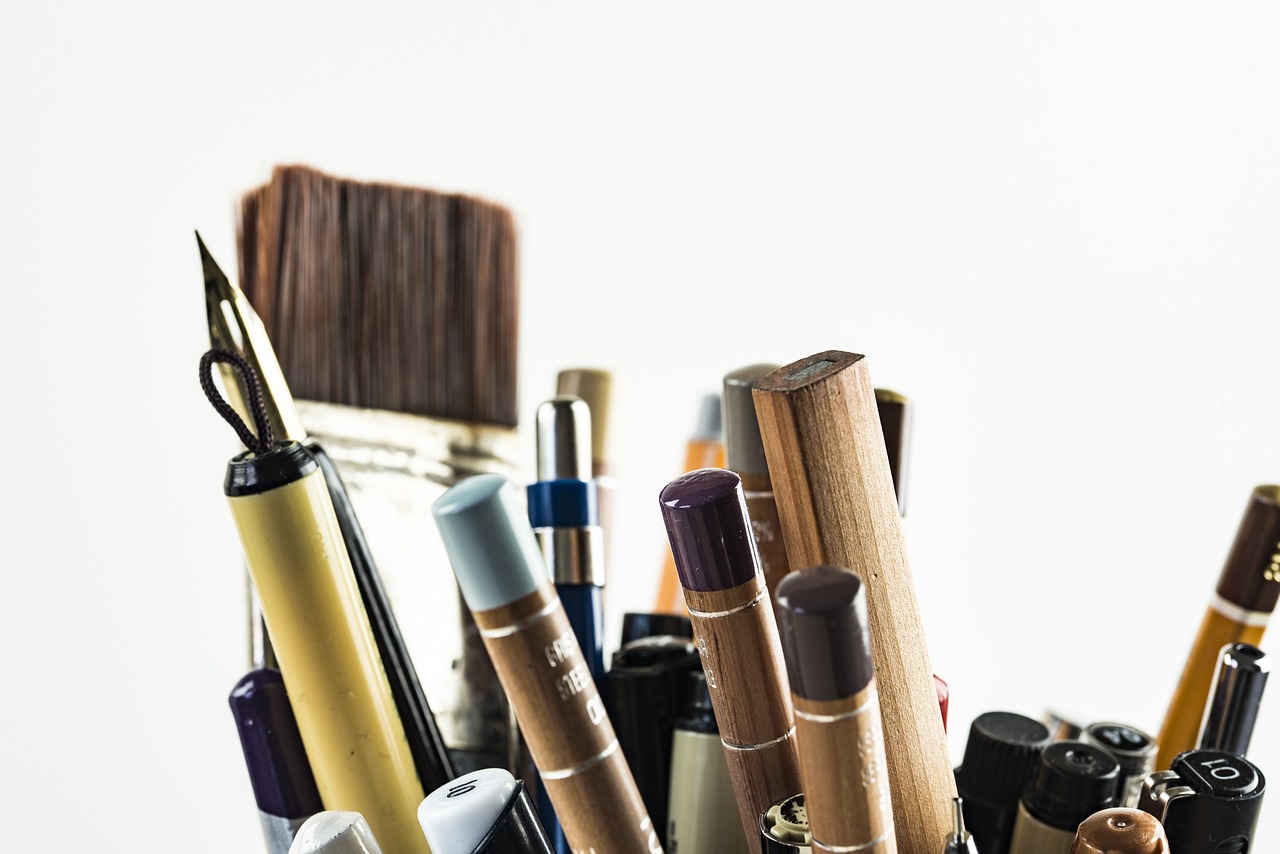
Common Mistakes to Avoid
When diving into the world of charcoal drawing, it’s easy to get caught up in the excitement and make some common mistakes that can hinder your progress. One of the most prevalent errors is overworking the charcoal. You might find yourself obsessively layering and blending, thinking that more is better. However, this can lead to muddy and unclear images that lack vibrancy. Instead, try to embrace the beauty of charcoal's natural texture. Remember, sometimes less is more! A light touch can create stunning results, allowing the rich blacks and soft grays to shine through.
Another mistake many beginners make is neglecting composition. Composition is the backbone of any artwork, and without it, your drawings may feel unbalanced or chaotic. Take the time to plan your composition before you begin. Consider the rule of thirds, leading lines, and focal points. These elements can guide the viewer’s eye and create a more engaging piece. A well-composed drawing is not only more visually appealing but also tells a story.
It's also important to be aware of your pressure control. Beginners often press too hard when applying charcoal, which can result in harsh lines and an overall lack of subtlety. Instead, practice varying your pressure to achieve different shades and textures. Light strokes can create soft gradients, while firmer pressure can yield deep, rich blacks. This control will add depth and dimension to your work, making it more dynamic and lifelike.
Lastly, don’t forget about the importance of cleaning your workspace. Charcoal dust can accumulate quickly, leading to smudges and unintended marks on your artwork. Keep a clean area and consider using a fixative spray to protect your finished pieces. Regularly cleaning your tools and surfaces can help maintain the integrity of your work and prevent frustration down the line.
- What is the best type of charcoal for beginners? Vine charcoal is often recommended for beginners due to its softness and ease of use.
- Can I use regular paper for charcoal drawing? While you can use regular paper, it’s best to choose paper specifically designed for charcoal to prevent tearing and allow for better blending.
- How can I fix my mistakes while drawing with charcoal? You can use erasers to lighten areas or blend them out. Additionally, you can layer more charcoal to create depth and correct shapes.
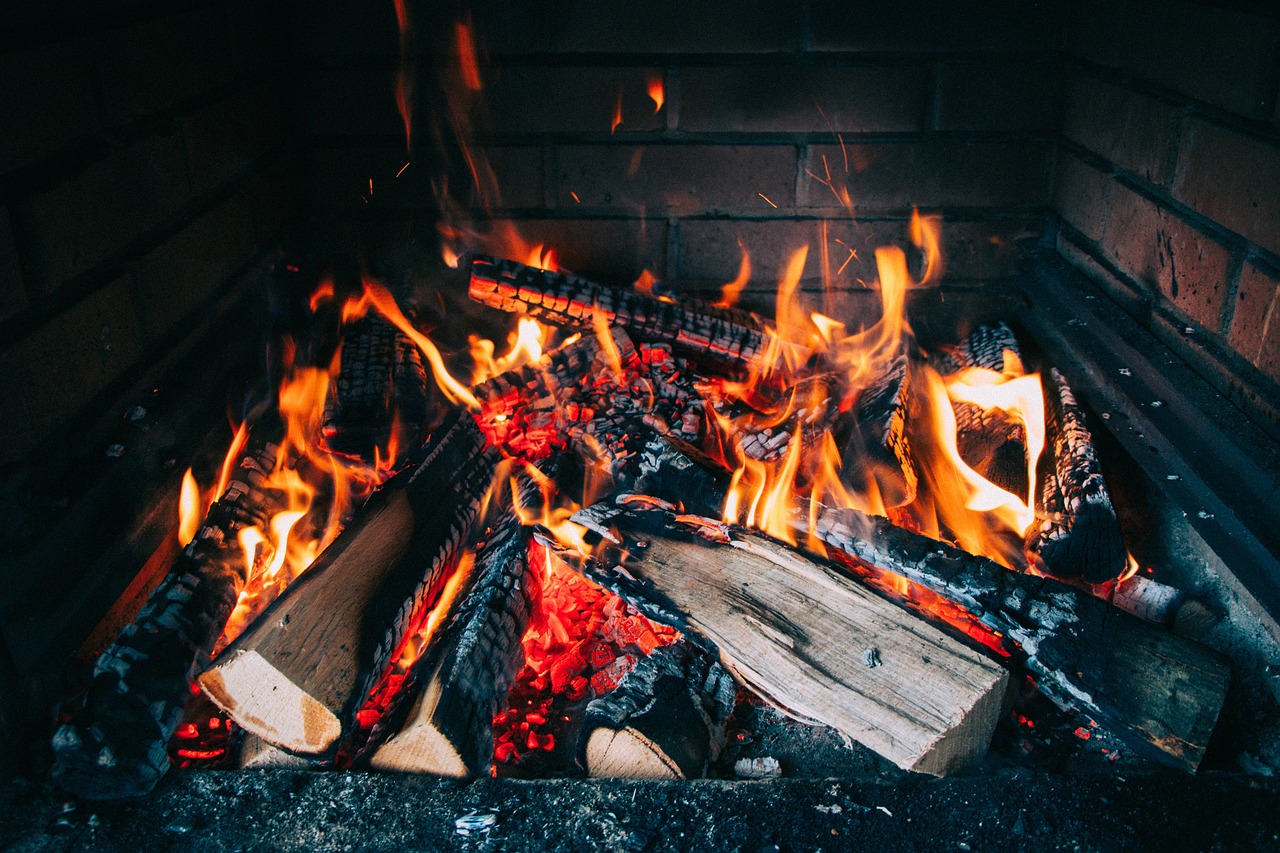
Overworking the Charcoal
When it comes to charcoal drawing, one of the most common pitfalls that beginners encounter is the tendency to overwork the charcoal. This often happens when artists are striving for perfection, continuously layering and blending until their once vibrant lines become muddy and indistinct. Imagine trying to paint a beautiful sunset, only to keep adding more and more colors until it turns into a murky mess. That’s exactly what overworking can do to your charcoal artwork.
Overworking the charcoal can lead to several issues, including:
- Muddiness: The more you blend and layer, the more the charcoal can lose its clarity, resulting in a dull and lifeless image.
- Loss of Detail: Fine details can become obscured as you continue to apply pressure and manipulate the medium.
- Texture Issues: Charcoal is a versatile medium, but overworking can flatten the texture that gives your drawing its character.
So, how do you avoid overworking your charcoal? Here are a few strategies to help maintain clarity and vibrancy in your work:
- Know When to Stop: Trust your instincts. If a section of your drawing feels complete, resist the urge to keep adding or adjusting.
- Use Lighter Pressure: Apply the charcoal lightly at first. You can always build up layers gradually, allowing you to maintain control over the look of your drawing.
- Step Back: Frequently step back from your work to assess it from a distance. This can help you see the overall composition and determine if further work is necessary.
Remember, less is often more in the world of charcoal drawing. By allowing your initial marks to shine through and resisting the urge to overwork, you'll create artwork that retains its dynamic quality and captivates the viewer. Embrace the beauty of imperfection; sometimes, the rawness of a few well-placed strokes can convey more emotion than a meticulously overworked piece.
- What is overworking in charcoal drawing? Overworking refers to the excessive layering and blending of charcoal, leading to a loss of clarity and vibrancy in the artwork.
- How can I tell if I've overworked my drawing? If your drawing appears muddy, lacks detail, or has lost its texture, you may have overworked it.
- What are some tips to avoid overworking? Apply lighter pressure, know when to stop, and regularly step back to assess your work.
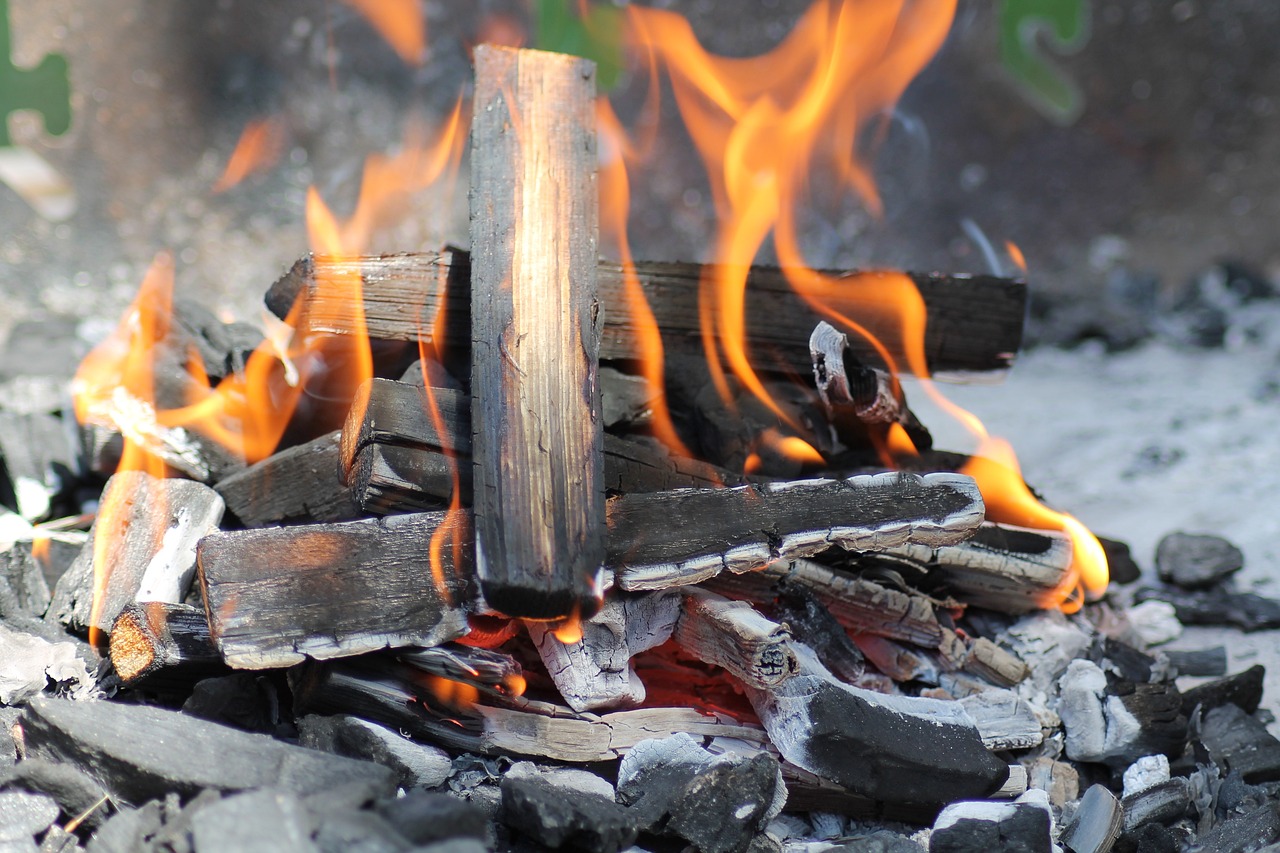
Neglecting Composition
When it comes to charcoal drawing, many beginners often overlook the significance of composition. Think of composition as the backbone of your artwork; it’s the framework that holds everything together. Just like a well-structured story needs a solid plot, your drawing needs a thoughtful arrangement of elements to capture the viewer's attention. Without a clear composition, even the most skilled shading and blending techniques can fall flat, leaving your artwork feeling disjointed or chaotic.
One common mistake is placing the subject matter in the center of the page without considering the surrounding space. While this might seem like a safe choice, it often results in a lack of dynamism. Instead, try to explore the Rule of Thirds, a classic composition technique that divides your canvas into a 3x3 grid. By positioning your focal points along these lines or at their intersections, you create a more engaging and balanced composition.
Another aspect to consider is the flow of your drawing. Just as a river flows, guiding our eyes along its banks, your composition should lead the viewer’s gaze through the artwork. This can be achieved by using diagonal lines, contrasting shapes, or even the direction of light and shadow. The goal is to create a visual path that encourages exploration and interaction with your piece.
Additionally, be mindful of how negative space—the empty areas around your subject—can enhance your composition. Often, artists neglect this space, not realizing that it can add depth and focus to their work. By allowing for breathing room around your main subject, you give it the spotlight it deserves, making it stand out even more.
To sum it up, neglecting composition can lead to missed opportunities in your charcoal drawings. Here are a few tips to keep in mind:
- Experiment with different layouts before committing to a final design.
- Utilize techniques like the Rule of Thirds to create balance.
- Incorporate negative space to enhance your subject's prominence.
- Consider the flow of your drawing to guide the viewer's eyes.
By focusing on these elements, you’ll find that your charcoal drawings not only improve in quality but also resonate more deeply with your audience. Remember, composition is not just about placement; it's about creating a visual narrative that invites viewers to engage with your artwork.
Q: What is composition in drawing?
A: Composition refers to the arrangement of elements in a drawing. It involves the placement of subjects, use of space, and overall balance to create a visually appealing artwork.
Q: How can I improve my composition skills?
A: Practice is key! Experiment with different layouts, study artworks that you admire, and try to apply the principles of composition, such as the Rule of Thirds and negative space.
Q: Is it necessary to plan my composition before starting a drawing?
A: While it’s not mandatory, planning your composition can save you time and frustration later. Sketching thumbnails or outlines can help you visualize the overall layout before diving into details.
Q: Can I change the composition as I draw?
A: Yes! Flexibility is important. If you feel that your composition isn’t working as you progress, don’t hesitate to make adjustments. Art is a dynamic process!

Inspiration and Practice
Inspiration is the lifeblood of any artist, and when it comes to charcoal drawing, it can spark creativity in ways that can transform your work. Whether you're a complete newbie or someone looking to refine your skills, finding the right sources of inspiration is crucial. One of the most profound sources of inspiration lies in nature itself. Imagine stepping outside, feeling the gentle breeze, and observing the intricate play of light and shadow as it dances across leaves and flowers. Nature is a masterclass in contrasts, and by translating these forms into your charcoal drawings, you can enhance your understanding of depth, texture, and light.
To get started, consider taking a sketchbook with you on your nature walks. Challenge yourself to capture quick sketches of what you see. Focus on the shapes and shadows rather than getting bogged down by details. This practice will not only sharpen your observational skills but also help you develop a personal style that reflects your unique perspective. Remember, every artist has their own way of interpreting the world around them, so embrace what makes your view special!
Establishing a regular practice routine is equally essential for your growth as an artist. Just like any other skill, drawing requires consistent practice to improve. Set aside time each week dedicated to charcoal drawing. This could be as simple as a few hours on a Saturday afternoon or a daily 30-minute session after work. The key is to make this practice a habit. You might want to create a structured plan that includes:
- Warm-up exercises (such as drawing basic shapes)
- Focusing on specific techniques (like shading or blending)
- Creating finished pieces based on your observations
By varying your practice sessions, you can keep things fresh and exciting. One day you might focus on still life, while another could see you tackling portraits or landscapes. This diversity not only keeps your interest alive but also helps you develop a well-rounded skill set.
Don't forget to set goals for yourself. Whether it's mastering a new technique or completing a certain number of drawings each month, having clear objectives can motivate you to push your boundaries. And remember, it’s okay to make mistakes! Each error is a stepping stone to becoming a better artist.
Finally, sharing your work with others can be incredibly rewarding. Join local art groups, participate in online forums, or even start a social media account dedicated to your charcoal drawings. Receiving feedback from fellow artists can provide new perspectives and ideas, while also fostering a sense of community that can inspire you further.
Q: How often should I practice charcoal drawing?
A: Consistency is key! Aim for at least a few times a week, even if it's just for a short session. The more you practice, the more you'll improve.
Q: Where can I find inspiration for my charcoal drawings?
A: Nature is a fantastic source of inspiration, but you can also look to photography, art books, or even everyday objects around your home.
Q: What should I do if I feel stuck or uninspired?
A: Take a break! Sometimes stepping away for a bit can help clear your mind. You can also try experimenting with different styles or subjects to reignite your creativity.
Q: Is it important to share my work with others?
A: Absolutely! Sharing your work can provide valuable feedback and encouragement, and it connects you with a community of fellow artists.
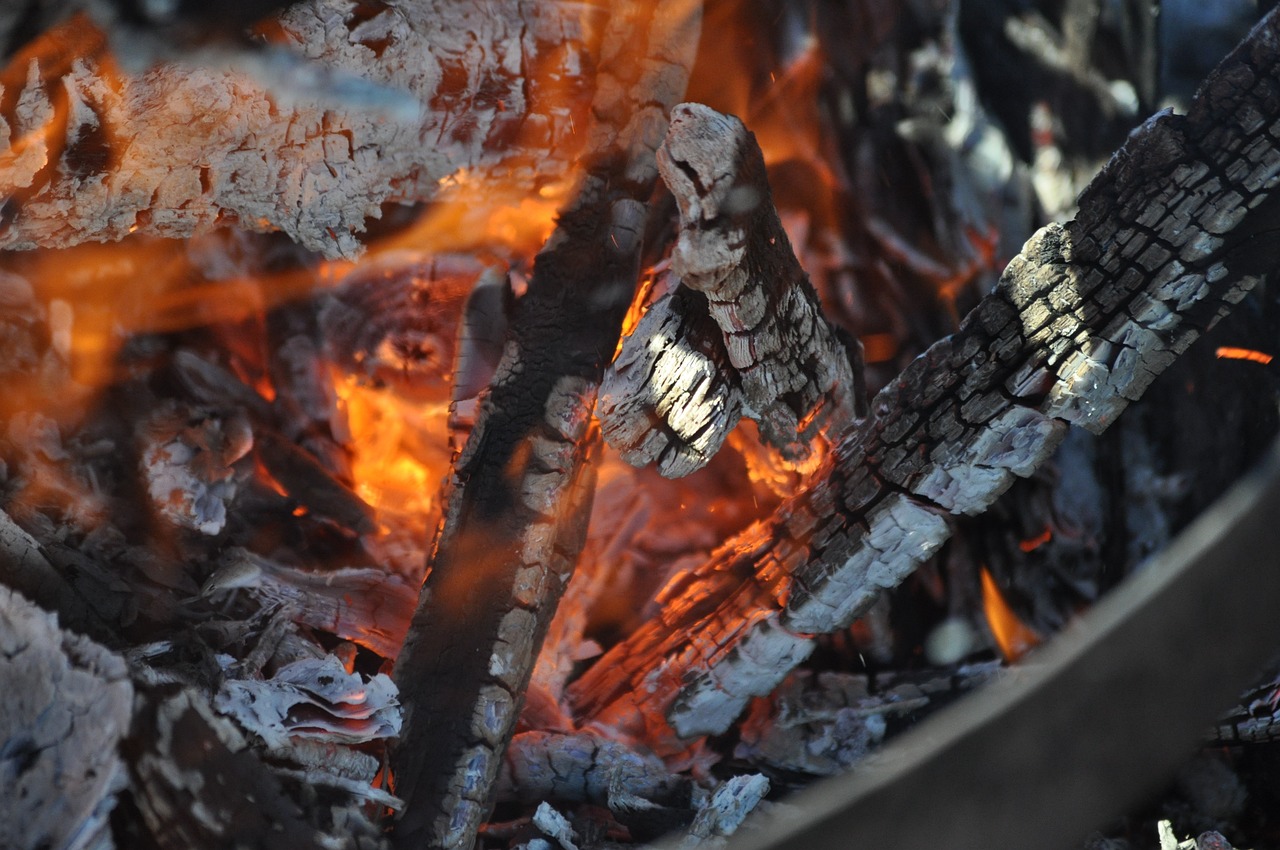
Finding Inspiration in Nature
When it comes to charcoal drawing, nature is an artist's best friend. Imagine stepping outside, feeling the breeze, and seeing the world around you transform into a canvas of endless possibilities. Natural landscapes, intricate details of leaves, and the play of light and shadow can ignite your creativity like nothing else. But how do you harness this inspiration? Let's explore some ways to observe and translate the beauty of nature into your charcoal drawings.
First, take a moment to observe your surroundings. Whether you’re in a bustling city park or a tranquil forest, there are countless elements that can inspire you. Look for interesting shapes, textures, and contrasts. For instance, the rugged bark of a tree, the delicate petals of a flower, or the dramatic lines of a mountain range can all serve as stunning subjects for your artwork. You might find that the color palette of nature—greens, browns, blues, and even the subtle hues of twilight—can influence the mood of your drawing.
Next, consider keeping a sketchbook handy during your outdoor adventures. This doesn't mean you have to create finished pieces right away; rather, use it to jot down quick sketches or notes about what catches your eye. This practice helps you develop a habit of observing details that you might otherwise overlook. You can even create a list of elements to focus on during your outings, such as:
- Patterns in leaves
- Reflections in water
- Shadows cast by trees
- Textures of rocks and soil
Moreover, consider the time of day when you venture out. The golden hour, just before sunset, offers soft, warm light that can create dramatic contrasts and enhance the textures in your drawings. Experiment with different lighting conditions, as they can dramatically change the mood and depth of your artwork.
Finally, don't forget to connect emotionally with your subjects. Nature is not just about what you see; it's about how it makes you feel. Capture the essence of what you're observing by infusing your drawings with your personal experiences and emotions. This connection will not only make your artwork more meaningful but will also help you express the beauty of nature in a way that resonates with others.
In conclusion, nature is a treasure trove of inspiration for charcoal artists. By observing your surroundings, keeping a sketchbook, considering the time of day, and connecting emotionally with your subjects, you can unlock a world of creativity. So grab your charcoal, head outside, and let nature guide your artistic journey!
Q: How can I find inspiration in urban settings?
A: Urban environments offer unique textures, shapes, and contrasts. Look for interesting architecture, street scenes, and the interplay of light and shadow in cityscapes.
Q: What should I do if I feel stuck and can't find inspiration?
A: Try changing your environment, visiting a new location, or even engaging in a different art form. Sometimes, stepping away from your usual routine can spark new ideas.
Q: How can I incorporate my emotions into my charcoal drawings?
A: Reflect on how certain scenes or elements make you feel and try to express those feelings through your choice of composition, shading, and the overall mood of your artwork.
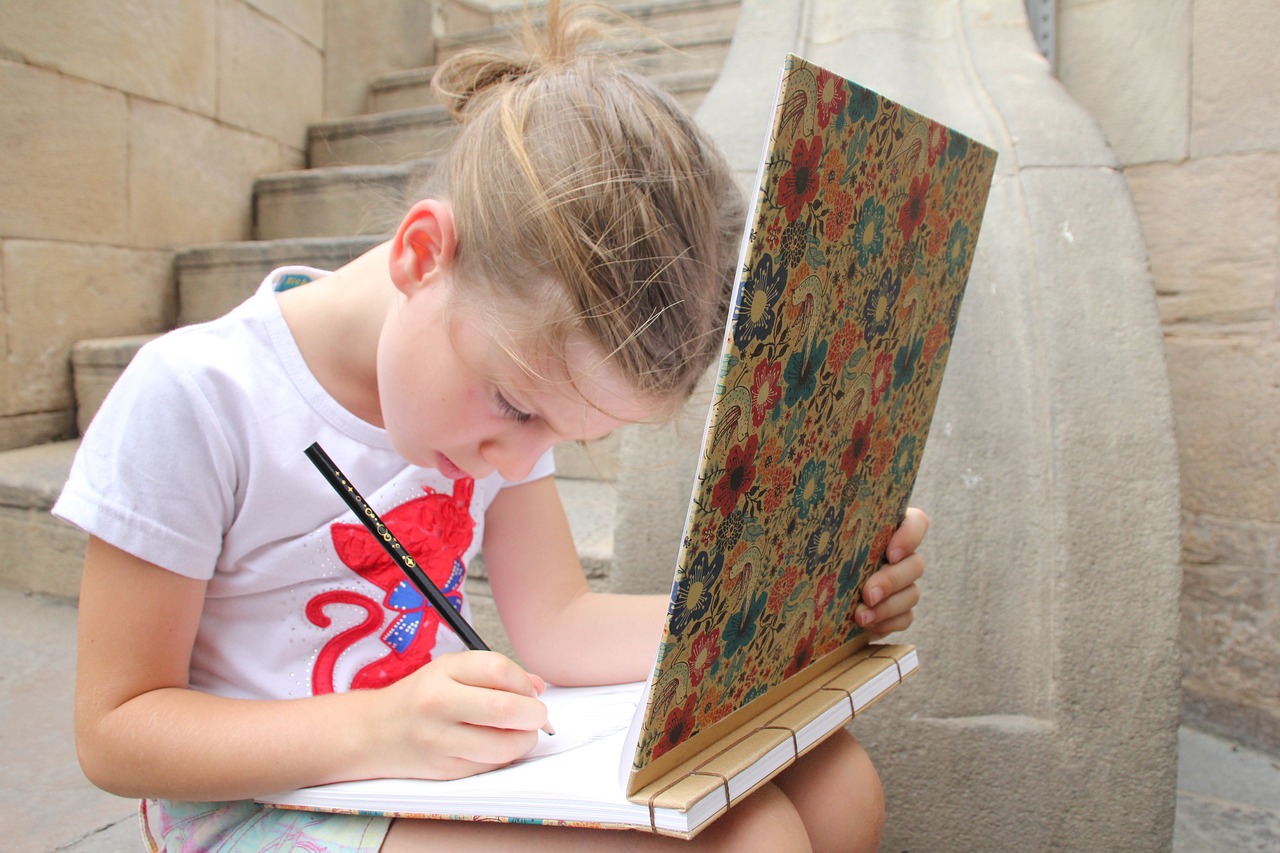
Regular Practice Routines
Establishing a regular practice routine is crucial for any artist, especially when it comes to mastering charcoal drawing. Just like any skill, the more you practice, the more you improve. Think of it as a workout for your artistic muscles; the more you stretch and challenge them, the stronger they become. So, how do you create a routine that works for you?
First, consider setting aside dedicated time each week for your charcoal practice. This could be as simple as 30 minutes a day or a couple of hours over the weekend. Consistency is key! By making it a part of your schedule, you’ll begin to see progress over time. You might even find that you look forward to these sessions, as they become a time for you to unwind and express yourself.
Next, vary your practice sessions to keep things interesting. You could focus on different techniques or subjects each time. For example, one day you might work on shading techniques, while another day could be dedicated to exploring blending methods. This variety not only keeps your practice engaging but also helps you develop a well-rounded skill set. Here's a quick suggestion for a weekly practice plan:
| Day | Focus Area | Activity |
|---|---|---|
| Monday | Shading Techniques | Practice creating different shades using various pressure levels. |
| Wednesday | Blending Techniques | Experiment with blending stumps and fingers to achieve smooth transitions. |
| Friday | Composition | Sketch a still life, focusing on the arrangement and balance of elements. |
| Sunday | Free Drawing | Draw anything that inspires you, allowing for creative freedom. |
Additionally, keeping a sketchbook can be incredibly beneficial. Use it to jot down ideas, practice quick sketches, or experiment with techniques without the pressure of creating a masterpiece. This space is all about exploration! You might even consider setting themes for your sketches to push your creativity further.
Lastly, don't forget to review your progress regularly. Take time to look back at your earlier works and notice how far you’ve come. This reflection can be incredibly motivating. You might even want to keep a log of your practice sessions, noting what techniques you focused on and what you learned. This not only tracks your growth but also helps you identify areas that may need more attention.
In conclusion, a well-structured practice routine can make a world of difference in your charcoal drawing journey. With dedication and a bit of creativity, you'll find yourself improving and enjoying the process. Remember, art is not just about the end result; it's about the journey and the joy of creating.
- How often should I practice charcoal drawing? Aim for at least a few times a week to build your skills effectively.
- What should I focus on during my practice sessions? Vary your focus between techniques, subjects, and styles to develop a well-rounded skill set.
- Is it necessary to have a sketchbook? While not mandatory, a sketchbook is a great tool for experimentation and tracking progress.
- Can I practice without formal lessons? Absolutely! Self-guided practice is a valuable way to learn and grow as an artist.
Frequently Asked Questions
- What type of charcoal is best for beginners?
For beginners, vine charcoal is often recommended due to its softness and ease of use. It allows for smooth application and easy erasing, making it perfect for practicing basic techniques without the fear of making permanent mistakes.
- Do I need special paper for charcoal drawing?
Yes, using the right paper is crucial! Look for textured papers that can hold the charcoal well and allow for blending. Papers specifically designed for charcoal or pastel work are ideal, as they provide the necessary grip for your medium.
- How can I create highlights in my charcoal drawings?
One effective method is to use an eraser! By gently lifting off some charcoal, you can create stunning highlights. Another technique is to leave areas of the paper untouched, allowing the white of the paper to shine through as highlights.
- What are some common mistakes to avoid when drawing with charcoal?
Some common pitfalls include overworking the charcoal, which can lead to muddy results, and neglecting composition, which can make your artwork feel unbalanced. Always step back and assess your work to keep these issues in check!
- How can I find inspiration for my charcoal drawings?
Nature is a fantastic source of inspiration! Take walks, observe the play of light and shadow, and try to translate those observations into your drawings. Additionally, browsing art books or online galleries can spark new ideas and techniques.
- How often should I practice charcoal drawing?
Consistency is key! Establishing a regular practice routine—even if it’s just 15-30 minutes a day—can greatly enhance your skills over time. The more you draw, the more comfortable you’ll become with the medium.


















